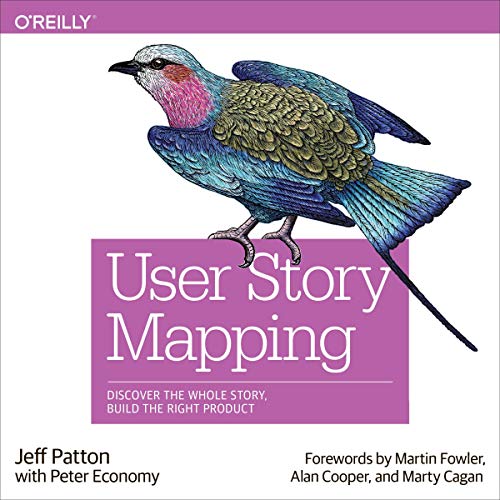Crafting a Comprehensive White Paper on User Story Mapping
Understanding User Story Mapping
User Story Mapping is a collaborative technique used in agile software development to visualize the user journey and prioritize development efforts. It involves breaking down large user stories into smaller, more manageable tasks. This approach enhances team collaboration, improves product understanding, and ensures that development aligns with user needs.
Key Components of User Story Mapping
- User Roles: Identify the different types of users who will interact with the product.
- User Goals: Define the overarching objectives that users want to achieve.
- User Stories: Break down user goals into smaller, actionable steps.
- Tasks: Further divide user stories into specific tasks required for implementation.
Benefits of User Story Mapping
- Improved Product Vision: Visualizing the entire user journey helps the team understand the big picture.
- Enhanced Collaboration: Team members can collaborate effectively to identify dependencies and potential roadblocks.
- Prioritization: Prioritizing user stories and tasks ensures that the most valuable features are delivered first.
- Risk Mitigation: Identifying potential risks early on helps teams plan accordingly.
- Increased Flexibility: The iterative nature of user story mapping allows for adjustments as user needs evolve.
The User Story Mapping Process
- Gather the Team: Assemble the product owner, developers, testers, and other relevant stakeholders.
- Identify User Roles: Determine the different types of users who will interact with the product.
- Define User Goals: Collaboratively identify the primary goals that each user role wants to achieve.
- Create User Stories: Break down user goals into smaller, user-centric stories.
- Organize User Stories: Arrange user stories into a chronological sequence, representing the user journey.
- Estimate Story Points: Assign story points to each user story to estimate development effort.
- Identify Tasks: Break down each user story into smaller, actionable tasks.
- Prioritize and Plan: Prioritize user stories and tasks based on business value and technical feasibility.
- Iterate and Adapt: Continuously refine the user story map as the project progresses.
Visualizing User Story Maps
User story maps can be visualized in various ways, including:
- Physical Wall: Use sticky notes to represent user roles, goals, stories, and tasks on a physical wall.
- Digital Tools: Utilize specialized software like Jira, Trello, or specialized user story mapping tools to create and manage digital maps.
References and Further Reading
- Agile Alliance:
- Mike Cohn's Books: "User Stories Applied" and "Agile Estimating and Planning"
- Various Online Resources and Tutorials: Numerous blogs, articles, and videos provide detailed explanations and best practices.
By following these guidelines and leveraging the power of user story mapping, teams can deliver high-quality products that meet user needs and exceed expectations.
Would you like to delve deeper into a specific aspect of user story mapping, such as advanced techniques or best practices for large-scale projects?



